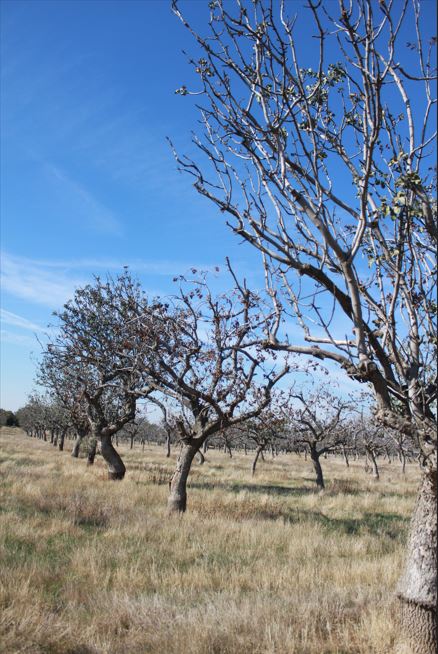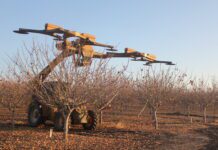
With the governor’s signature on AB 732, county agricultural commissioners now have a tool to motivate landowners with abandoned or neglected properties to take action.
Just don’t expect it to be a hammer.
This legislation was written in response to a significant increase in “unfarmed” orchards, vineyards and fields in the Central Valley. Whether due to economics or lack of sufficient irrigation water, these properties pose a risk to neighbors if they become reservoirs of pests and diseases and/or fire hazards.
Prior to the passage of AB 732, counties could only pursue a lien process to address nuisance properties. This bill, introduced by Alexandra Macedo from the 33rd Assembly District, authorizes county agricultural commissioners to serve notice of a complaint, and fines of $500 per acre can be imposed if no action is taken by 15 days after receiving notices. The fines can increase to $1,000 per acre if no good-faith effort is made to remedy the problem by 30 days after the original notice.
“We don’t anticipate a lot of fines,” Melissa Cregan, Fresno County agriculture commissioner, said.
“We would like to work with the landowner to take care of the issue. This legislation is a motivational tool to ensure compliance.”
Cregan said that no funding was included in the legislation, and she does not anticipate the fines imposed for noncompliance would be able to build and sustain a county abatement program. “That is the limiting factor unless the board of supervisors allocates resources to hire personnel,” she added.
Cregan said the county would likely take the approach of investigating complaints from neighbors and working with landowners to resolve issues with abandoned or neglected properties.
“We realize there are economic issues here and the landowner may not have the money to pull out trees or vines, but that does not give them the right to harm the neighbors.
“Our goal is to work with the landowner to mitigate the problem where feasible,” Cregan said.
Chris Greer, assistant Tulare County agriculture commissioner, said that county is taking a similar approach in response to neighbor complaints about properties that are affecting the health of their orchards or vineyards.
“We have worked with owners of 120 properties already and have had great compliance with abatement. We talk first and try to resolve the problem without enforcement,” Greer said.
The bill allows counties more teeth when working with uncooperative landowners, but Greer said fines are not the goal. Some fines are expected, but that is not the focus of the county.
He said this summer’s increase in the squirrel population and subsequent invasion of tree nut orchards, particularly on the west side of the valley, will likely increase calls to counties for abatement. When complaints are made, the county will inspect the site and attempt to work with the landowner or grower and make sure they know of the resources that are available. He said if efforts are made to control pests on the property, the county will take that into consideration.
“Education and resources first, then if needed, the enforcement,” Greer said.
UCCE IPM Advisor Jhalendra Rijal said earlier this year there was an estimated 30,000 acres of orchards, vineyards and farmland classified as stressed or abandoned in the Central Valley.
Roger Isom, CEO of Western Tree Nut Association, said there is often more neglect involved with agricultural properties than total abandonment. Counties have only had limited recourse when neighbors complained about rats, squirrels or disease migrating into their orchard from neglected properties.
Vertebrate pests like rats and ground squirrels and insect pests can build up population on those properties and move into adjacent properties that are being farmed and can cause significant damage.
This scenario was predictable, Isom said, considering the effects of the Sustainable Groundwater Management Act on irrigation water availability. Continuing low commodity prices have also taken a toll on the agriculture in the San Joaquin Valley, giving landowners few options other than walking away from the property.

Cecilia Parsons
Cecilia Parsons has lived in the Central Valley community of Ducor since 1976, covering agriculture for numerous agricultural publications over the years. She has found and nurtured many wonderful and helpful contacts in the ag community, including the UCCE advisors, allowing for news coverage that focuses on the basics of food production.
She is always on the search for new ag topics that can help growers and processors in the San Joaquin Valley improve their bottom line.
In her free time, Cecilia rides her horse, Holly in ranch versatility shows and raises registered Shetland sheep which she exhibits at county and state fairs during the summer.















